Story By: Ana Lacasa, Sub Editor: Joseph Golder, Agency: Newsflash
Argentine palaeontologists have identified this tiny bone from a frog which lived 2 million years ago after a family found it when digging a well – and experts say it could belong to a previously undiscovered species.
The tiny bone was discovered as the Bastia family were digging a well in the Agro Taurizano area on the outskirts of the municipality of San Pedro in the northeastern Argentine province of Buenos Aires.
Federico Agnolin, a researcher of the Argentine Museum of Natural Sciences, said father Robero Bastia and his son Guillermo were digging in the area at a depth of 44 metres (144 feet) when “they put their hand to see what kind of sediment was coming out from the well.”
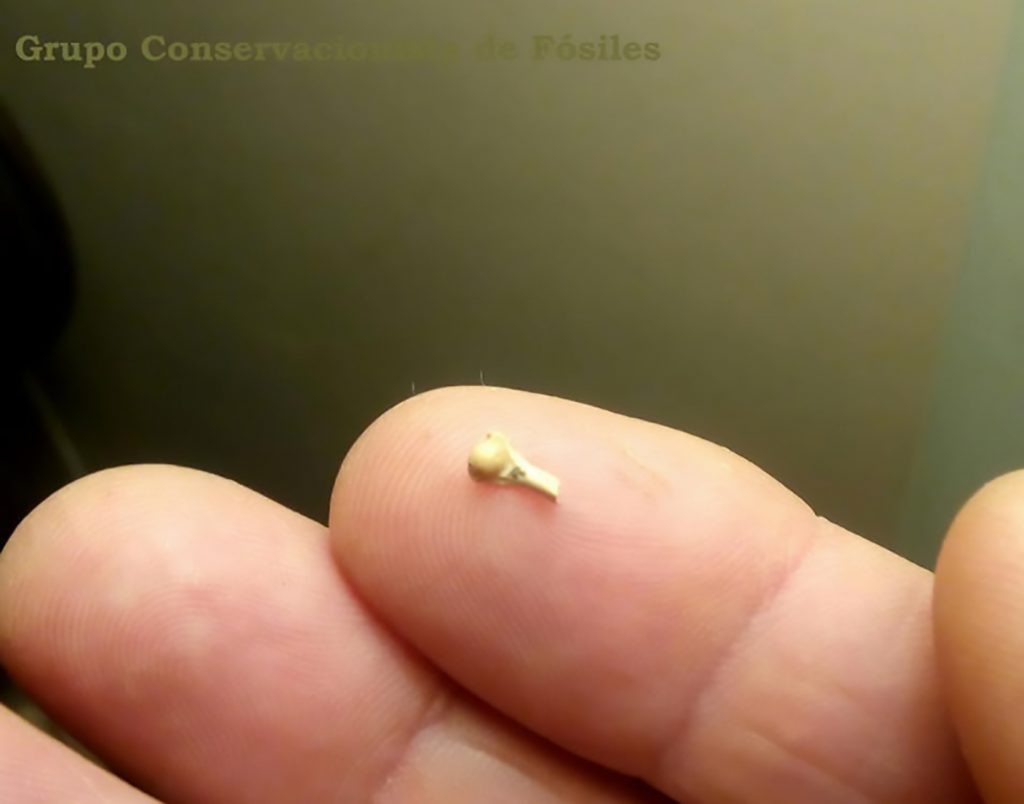
Newsflash/@CTyS_UNLaM 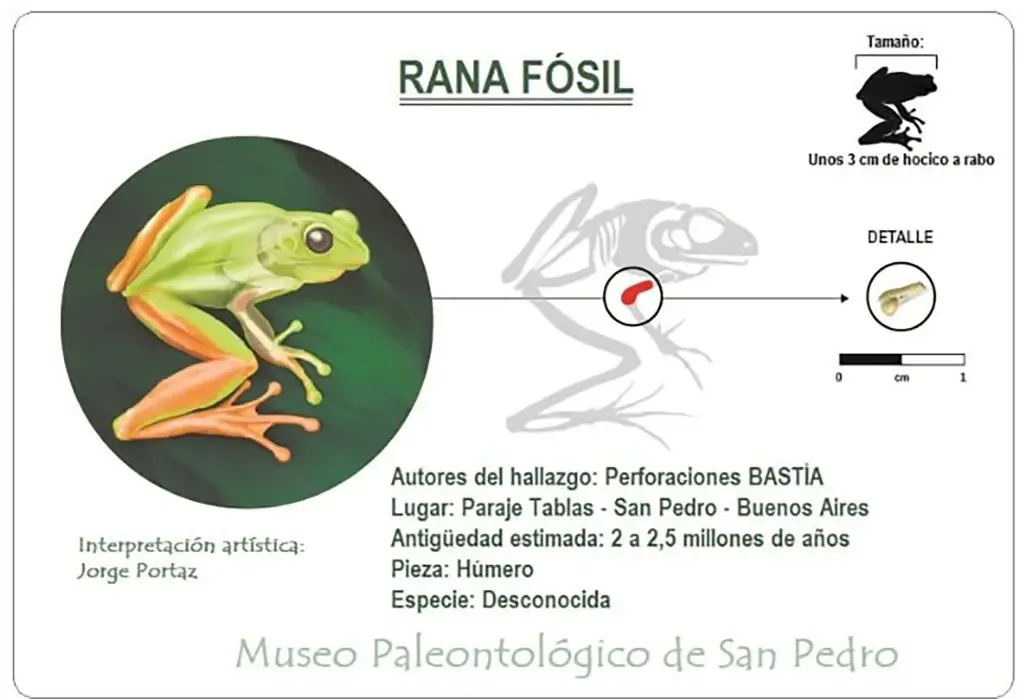
Newsflash/@CTyS_UNLaM 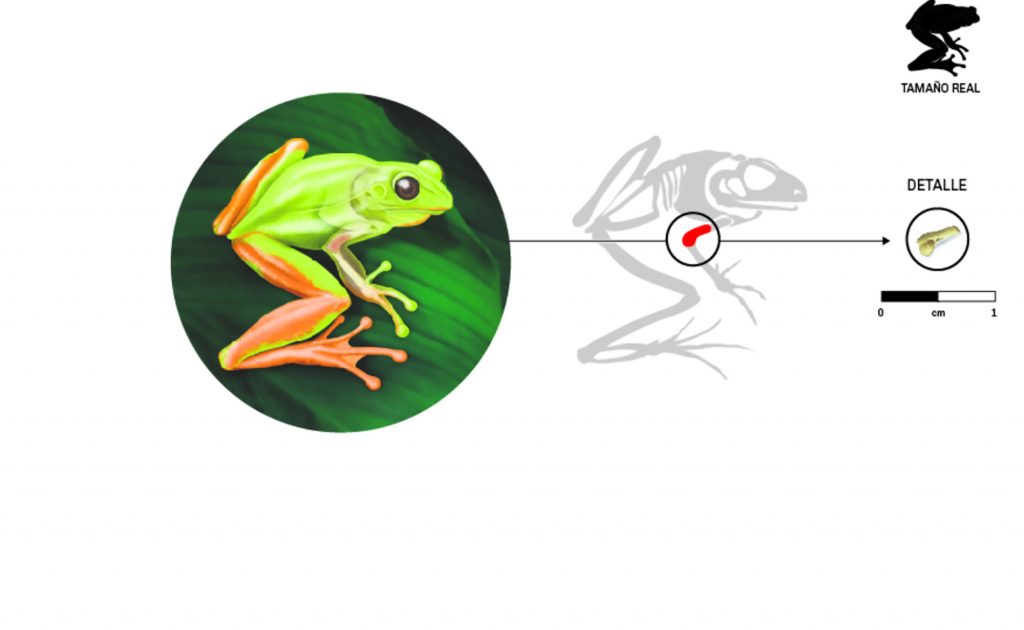
Newsflash/@CTyS_UNLaM 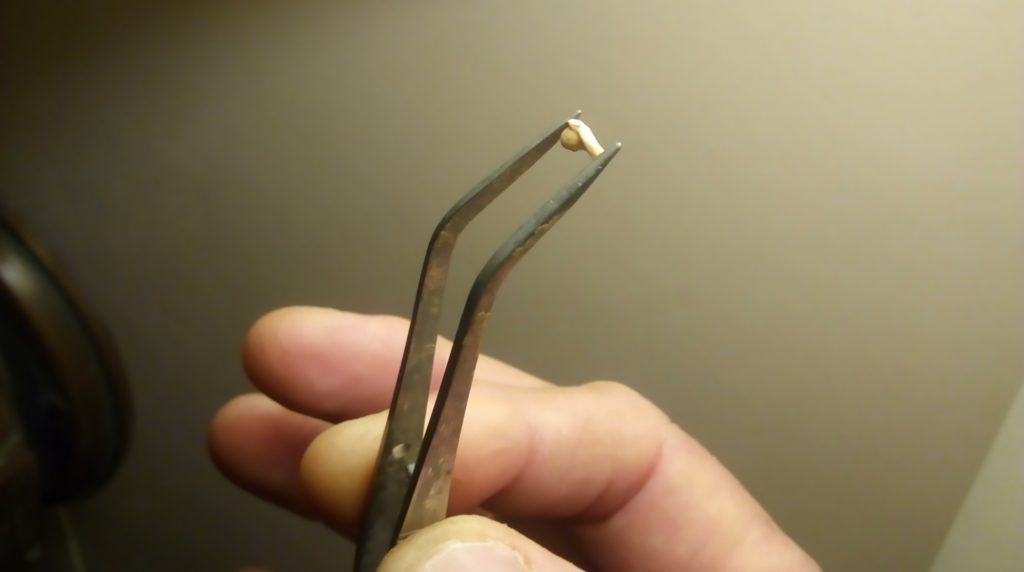
Newsflash/@CTyS_UNLaM 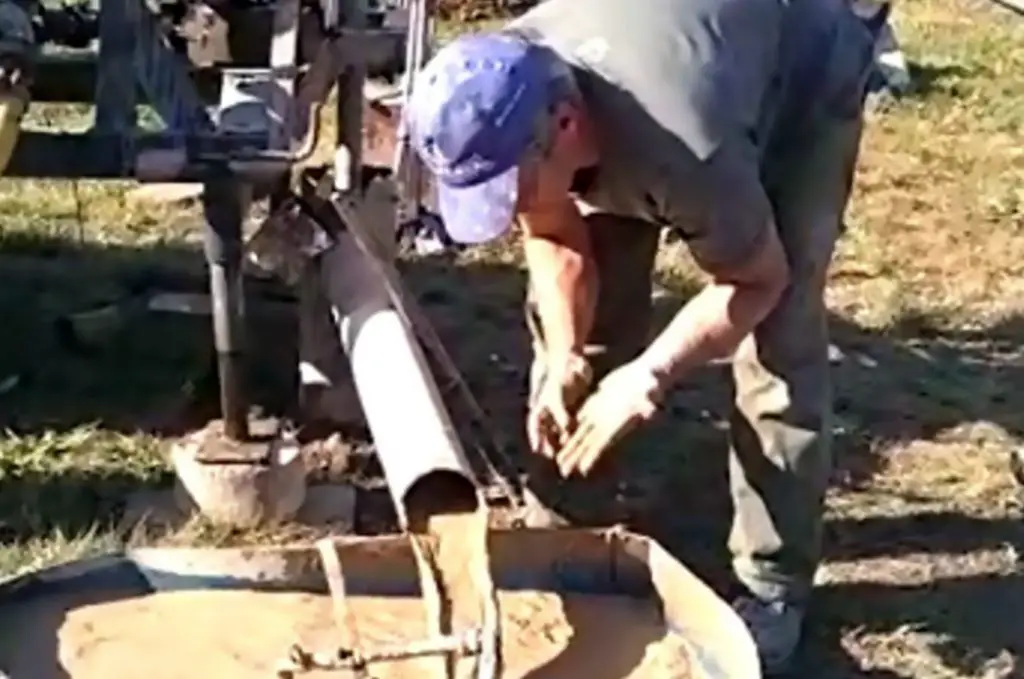
Newsflash/@CTyS_UNLaM
He added: “Guillermo could see a small bone only a few millimetres long that called his attention and a few days later, he took it to the Museum San Pedro for analysis.”
Agnolin said that experts have now identified the bone as belonging to a frog that lived around 2 million years ago.
However, because of its age and the lack of knowledge of frogs of that time, the species cannot be identified, and he said it could be a newly discovered species.
He said: “We don’t know a lot about prehistoric frogs and toads. Frogs and toads are very sensitive to climatic and environmental modifications so they are an important source of information to understand past climates.
“It is a very small humerus of a tiny amphibious, different from the Argentine horned frog and arboreal frogs”.
The discovery took place in March but has only just been reported.
He said experts could be certain it was from a frog as animals in the Anura order which frogs and toads belong to have a particular structure at the end of the humerus in the articulation which forms the elbow.
This feature allows them to have great agility, moving and jumping quickly.
He said of the bone potentially belonging to a new species: “Being able to know the existence of a new amphibious species coming from the end of Pliocene and the beginning of Pleistocene is an important thing for Argentine palaeontology.”
It is believed that the sediments where the bone was found were deposited between 2 and 2.5 million years ago, in the Pliocene period.
The ViralTab page is created by and dedicated to professional, independent freelance journalists. It is a place for us to showcase our work. When our news is sold to our media partners, we will include the link here.



